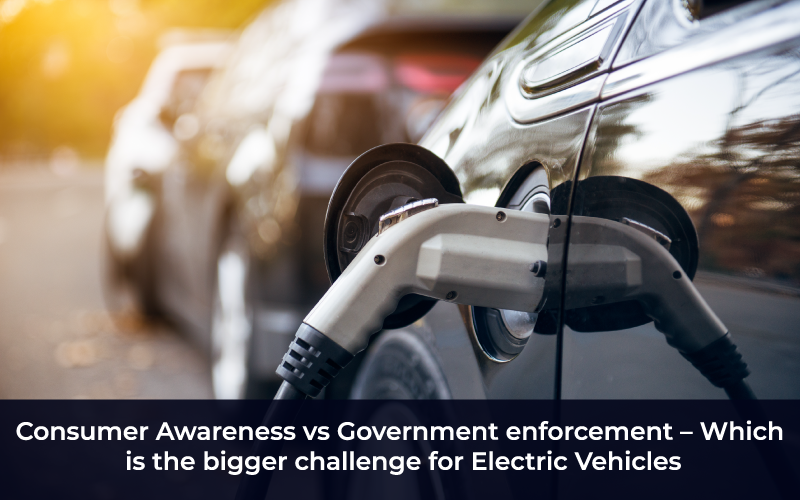The major obstacles to adopting electric vehicles in India are the price, charging and consumer awareness. A study titled “Electric mobility in India: Leveraging collaboration and nascency” published by the Indian industry chamber “Assocham” states that the driving forces toward electric vehicle adoption in India are stricter policies on emission, reduction in the cost of batteries and increasing consumer awareness. It also made mention of the fact that even though electric vehicles are not popular among Indians, the support for electric vehicle adoption by the government is pushing it towards the mainstream.
The Indian Government has expressed their intentions that all new vehicles on the road by the year 2030 will be electric. Is the goal is achievable? Only if, an enabling environment, changes in policy, partnerships and financial support for Indian manufacturers and consumers is put in place to meet up with the required benchmark.
FICCI & Rocky Mountain Institute published a report which states that India can have up to $330 billion in savings by the year 2030 when electric vehicles are adopted and oil importation avoided. The institute also states clearly in the report that by 2030, 46 million vehicles including two and three wheels vehicles will have been sold. In the same light, the International Energy Agency reports that India will need to sell 5 times the number of electric vehicles on the road worldwide by 2030. Indian manufacturers can make good use of this opportunity to become world leader in the automobile industry.
The role played by the Government in enforcing certain policies that are aimed at increasing consumer adoption would be critical. It is important to note that these policies shouldn’t be enforced in a rapid manner. The transition to EV’s should involve consumer education, clarity on rules & regulations and incentives over a period of time.
A significant part of the easing out process would obviously entail the methods by which the consumers would be made aware about the transition. In order to encourage consumers, information has to be provided on the long-term effect of cost value and how they can contribute to ensure a cleaner, healthier environment. The Indian population understands that they have to sacrifice for the greater good i.e. standing in lines during demonetization for stamping out black money. The government should endeavour to set up a considerable number of charging stations before moving for the switch so that any possible issues of waiting long times at charging stations are nipped in the bud.Problems obviously exist both in regards to government policies and consumer awareness. However, it is perhaps only through the proper management of both, that the transition to electric vehicles can become a reality.

